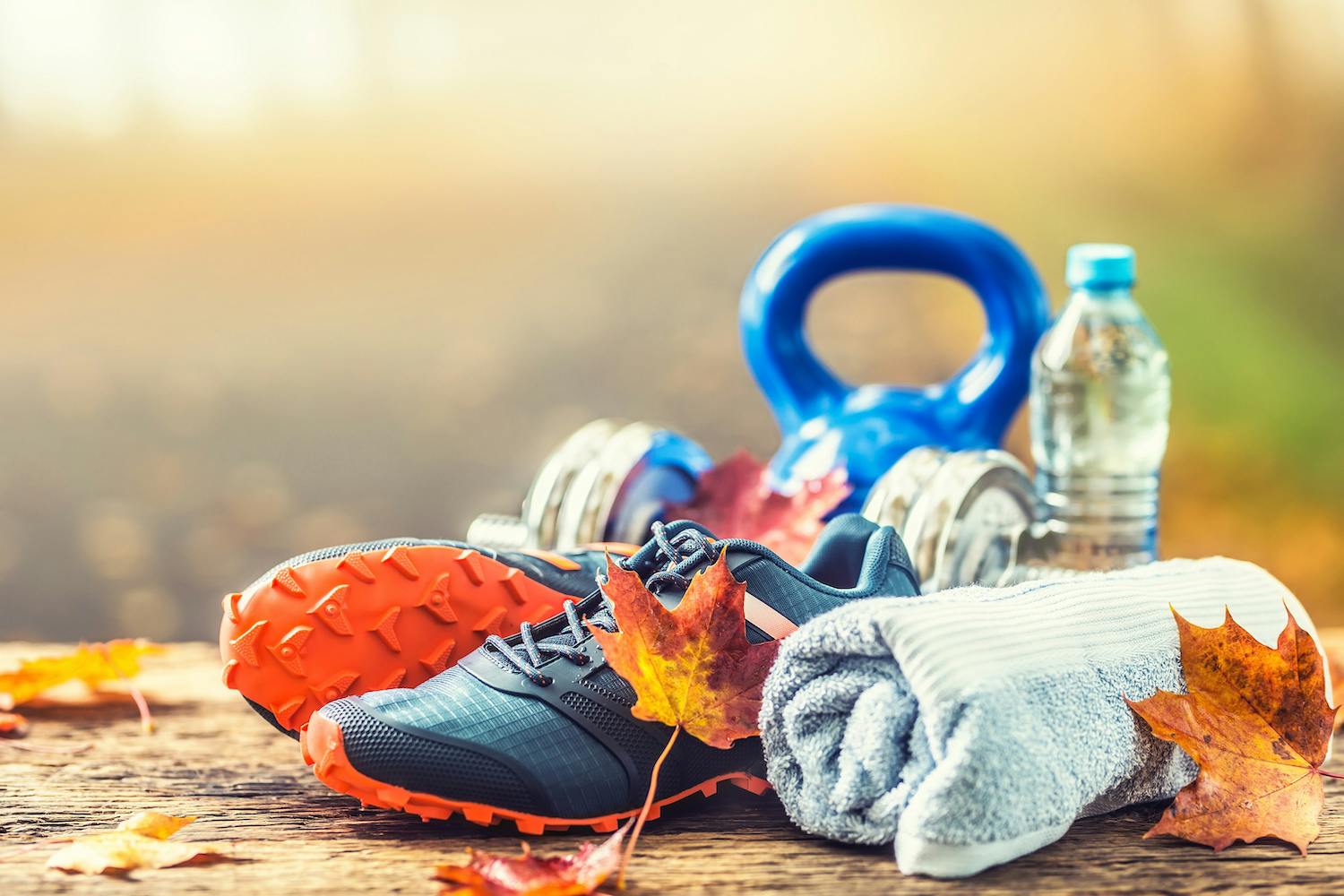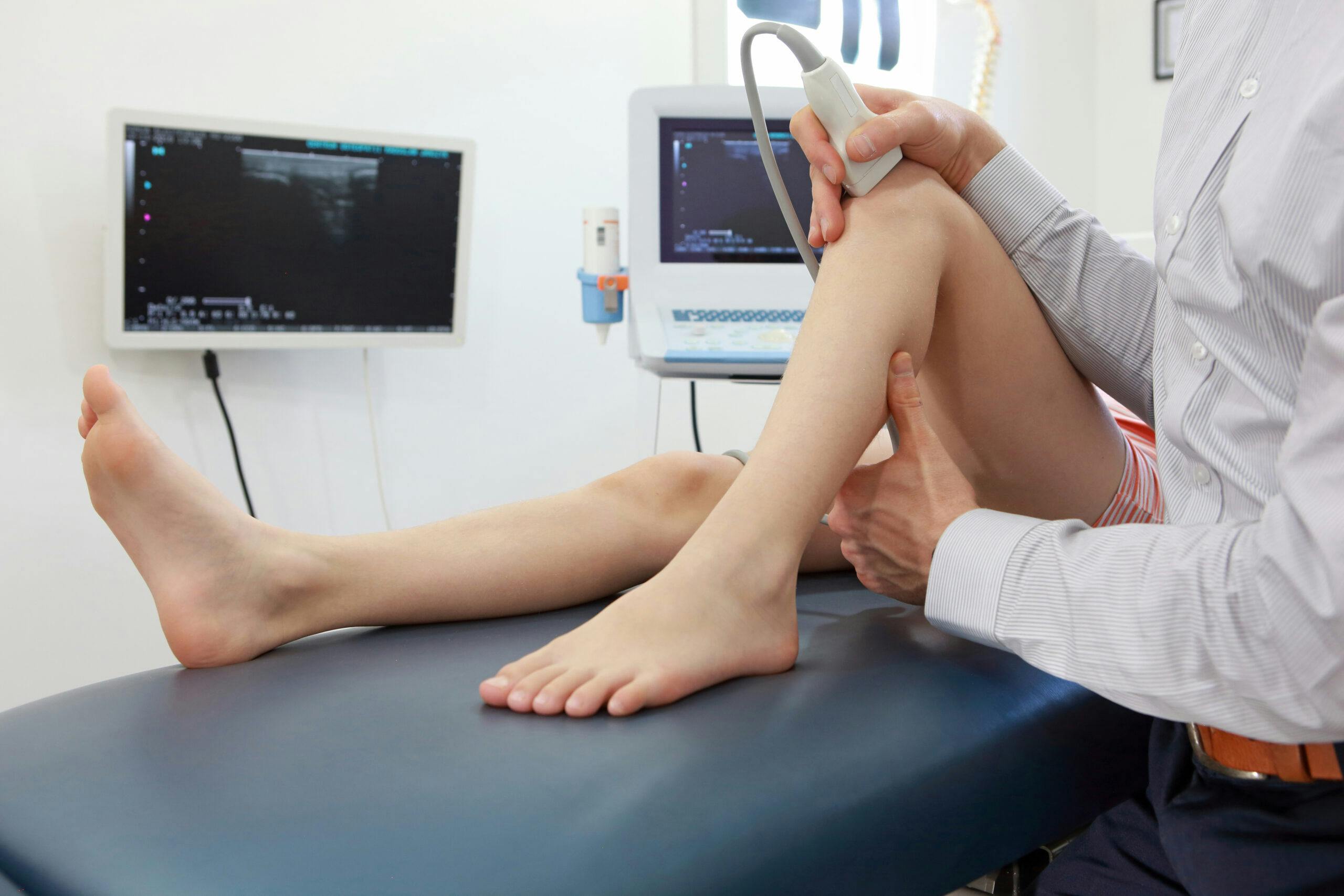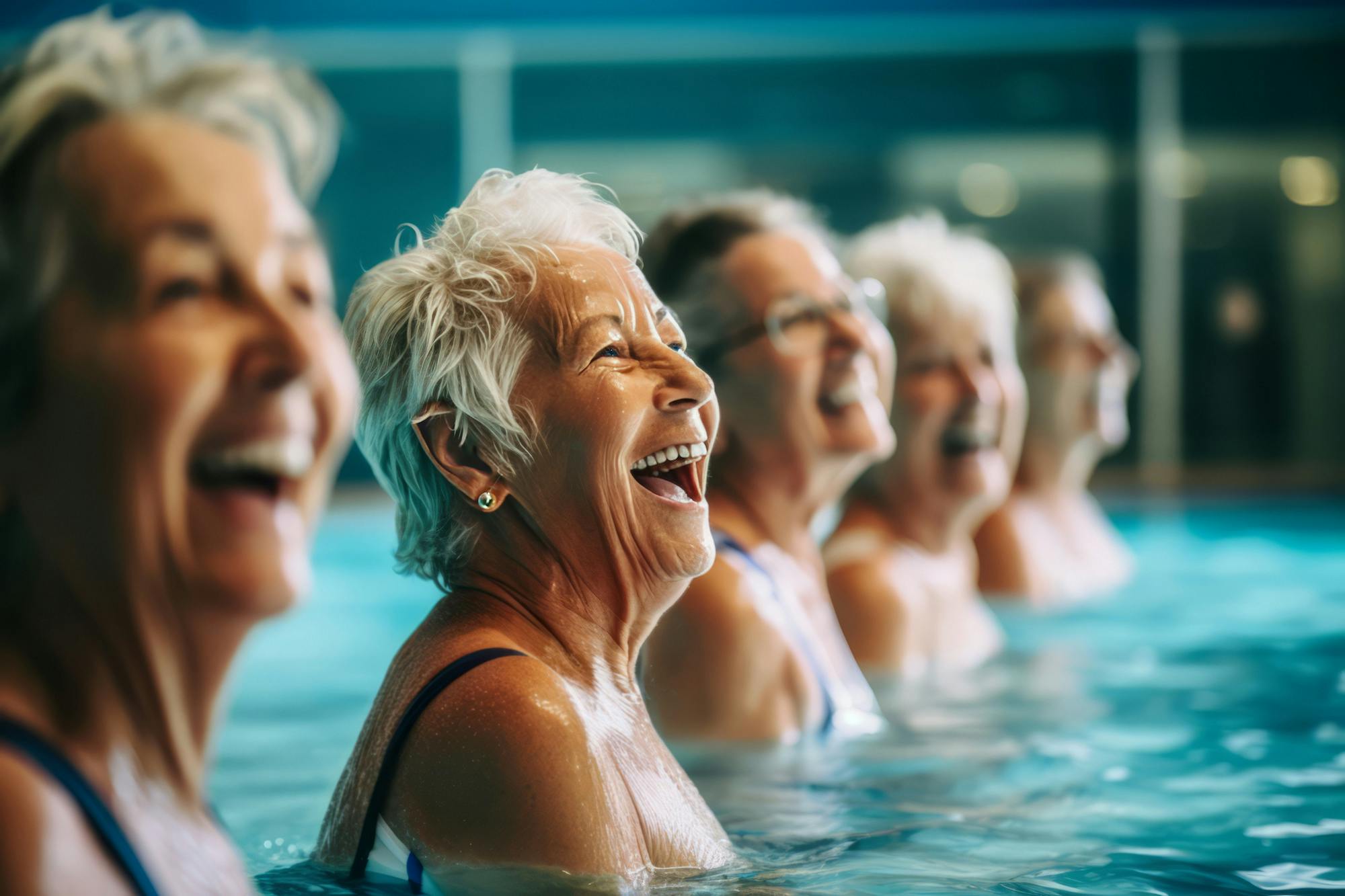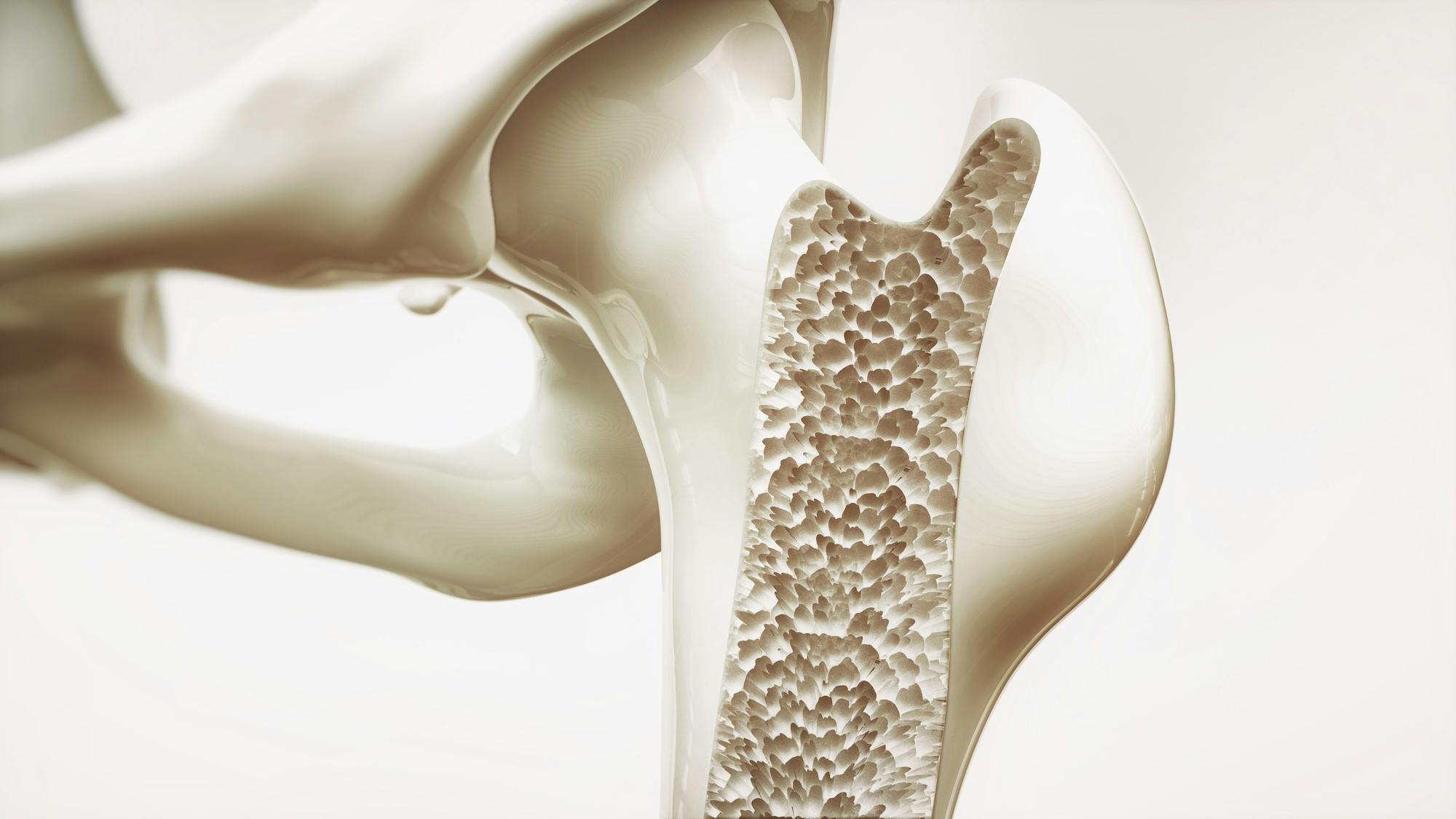- Blog
Fall Sports Injuries
Posted on 12-01-2025 in Sports Medicine, Youth Sports, Sports Injury & Youth Injury Prevention by Dr. Chris O'Grady, Dr. Roger Ostrander

Posted on 12-01-2025 in Sports Medicine, Youth Sports, Sports Injury & Youth Injury Prevention by Dr. Chris O'Grady, Dr. Roger Ostrander
It’s back-to-school time in Northwest Florida, which means the return of high school sports for the fall season, including football, volleyball, golf, cross country, swimming, and diving. As students begin to practice and train again, it is crucial to recognize that soft-tissue injuries are often part of a quick return to sports after a less active summer.
These types of injuries are typically categorized in one of two ways – acute and overuse. Acute injuries are caused by sudden trauma like a fall or taking a body blow resulting in injuries like an Anterior Cruciate Ligament (ACL) Tear in the knee, or a Rotator Cuff Tear in the shoulder. Overuse injuries happen gradually over time when an area of the body doesn’t have ample time to heal between occurrences. These can include injuries such as Little Leaguer’s Elbow and SLAP tears in the shoulder.
While much emphasis is placed on injuries during competitions or games, student-athletes are also susceptible to injuries during practice or training activities. Developing a balanced fitness program is one way to help your student-athlete stay healthy all season. These routines should incorporate cardiovascular exercise, strength training and improved flexibility. New activities should be considered cautiously, as too many can do more harm than good. Whether they have been sedentary or are in great physical shape, adding no more than one or two new exercises per workout is best.
Additionally, the following reminders are also essential to help your child avoid injury while at practice or competing, regardless of the sport they participate in:
For additional information on how to help your child return safely to fall sports, read our Youth Sports Injury Prevention blog post.
If your child has experienced an acute injury or you suspect they may be suffering from an overuse injury, seek medical attention promptly. Continuing to play or practice can worsen the injury and potentially prolong your student athlete’s recovery. As experts in their field, Dr. Chris O’Grady and Dr. Roger Ostrander provide specialized care for various youth sports injuries and conditions. Learn more about our orthopaedic and sports medicine specialists or request an appointment online today.

Musculoskeletal ultrasound imaging offers orthopaedic patients safe, painless, and real-time imaging, without any harmful ionizing radiation or the need for uncomfortable positioning. As the first sports medicine physician in the region to utilize ultrasound for diagnostic and therapeutic purposes, Dr. Josh Hackel’s commitment to innovation has improved the accessibility of care for his patients.

According to the American Academy of Orthopaedic Surgeons, approximately 2 million older Americans sustain fractures yearly due to weak bones. By 2025, that number is predicted to rise to 3 million fractures annually. At North Florida Bone & Joint Specialists, we recognize the importance of maintaining strong bones, particularly as you age. In honor of Healthy Aging Month, the following tips can help you maintain, and even improve, your bone strength:

We see our share of broken bones as an orthopaedic and sports medicine practice. From the high school baseball player who collided with first base a little too hard to the avid DIY’er who took a tumble from an unsecured ladder and everything in between, we’ve seen it all. As we age, we also gradually lose bone mass, which occurs as small amounts of healthy bone are absorbed into your body as small amounts are replaced. When more bone is absorbed than is replaced, the density (bone mass) is reduced. Osteoporosis develops when the bone is no longer replaced as quickly as it is removed, and over time, it causes the bone to become progressively weaker, increasing the risk that it may break.